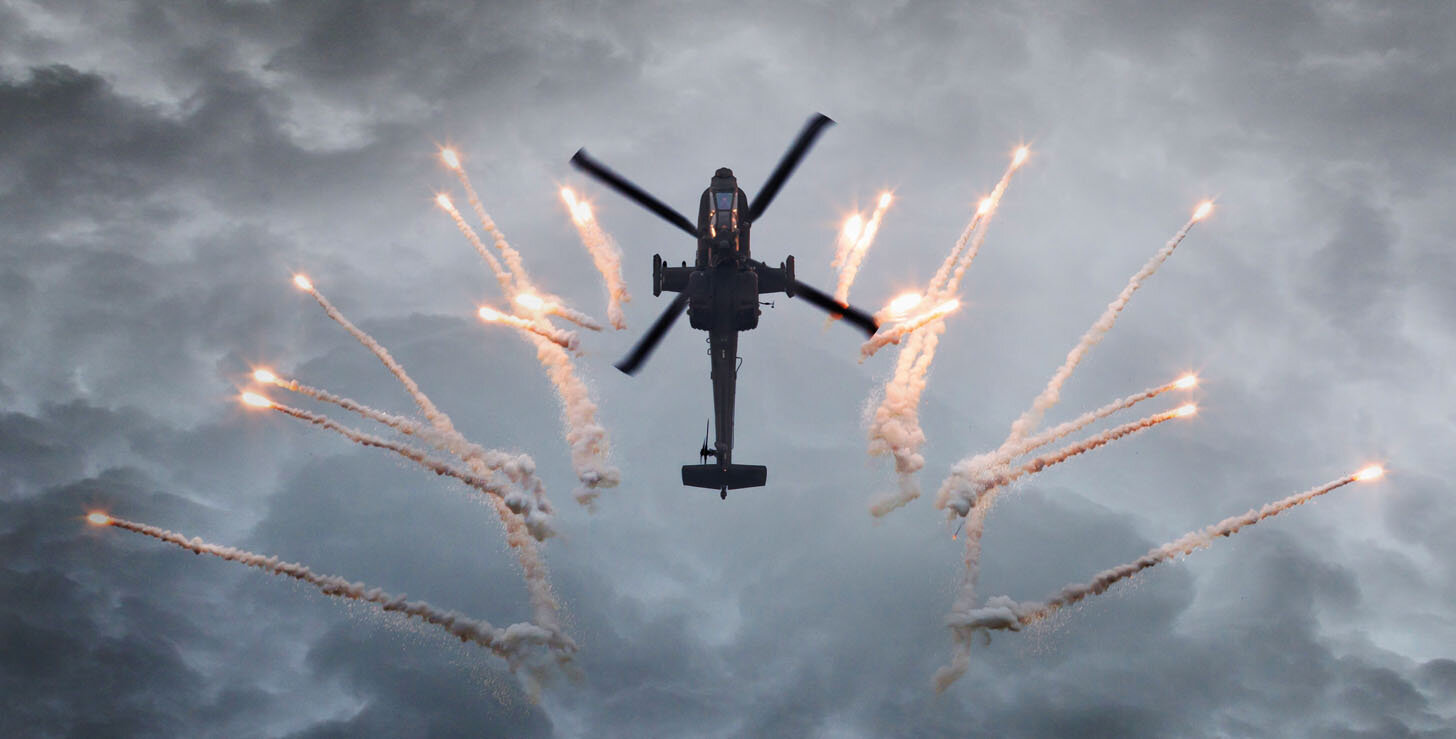
Radar Fundamentals
Presenter: Dr Ian Faulconbridge
Click Register to view available course delivery modes (virtual/face-to-face), dates, and locations.
The registration page allows you to register individually or to register groups of up to 15.
Duration: 3 Days | Price: $2,970
Course Aim
The Radar Fundamentals course provides attendees with a basic but complete coverage of modern radar technology and associated environmental issues. The course concentrates on key radar system function/performance characteristics and associated constraints whilst avoiding the complex mathematics often associated with the topic. No prior technical knowledge is assumed. Participants receive a copy of the presenter’s book (Radar Fundamentals) and a PDF copy of the course PowerPoint presentations to help the learning process.
Course Outline
Introduction: The introduction covers the history of radar technology, the key applications of radar, and some of the broad concepts of radar design and function.
Pulse Radar: Pulse radar concepts such as peak and average power, pulse width, pulse repetition frequency (PRF) and pulse repetition interval (PRI) are discussed. These attributes are then related to performance issues such as minimum range, maximum unambiguous range, range resolution, and blind range.
Radar Antennas: The purpose of radar antennas is described before discussing key performance characteristics such as beamwidth and gain, and antenna-related performance issues such angular resolution. Polarisation and antenna sidelobes are also described. Array antennas are covered including concepts of operation of both passive and active electronically-steered antennas (PESA & AESA).
Radar Range Equation: The radar range equation is derived and then used to explore the maximum range of pulse radars by considering factors like the scan rate, beamwidth and gain of the antennas, the peak power transmitted by the radar, the sensitivity of the radar receiver, and the radar-cross section of the target. The probability of detecting targets in a noisy environment is discussed, as are the system losses associated with radars.
Continuous-wave Radar: Not all radars transmit pulses of electromagnetic radiation. Continuous-wave (CW) radars are described and their use of the Doppler effect to detect moving targets is discussed. A variation of CW radar called Frequency Modulated CW (FMCW) is also introduced and the extraction of both target range and relative speed is explained.
Pulse Doppler Radar: Pulse Doppler radar is introduced and its ability to discriminate between moving and stationary targets is described. Moving Target Indication (MTI) is also described along with potential issues such as Doppler blindness and Doppler ambiguity.
Tracking Techniques: Tracking techniques used commonly by radar systems are introduced and discussed, including conical scanning, sequential lobing, and monopulse techniques.
High-Resolution Radar Techniques: Pulse compression and synthetic aperture radar (SAR) techniques are described as methods for achieving impression range resolution and angular resolution respectively. The techniques are described both by qualitatively and quantitatively in order to explore the impressive resolution performance from current radar systems.
Secondary Radar: Secondary radar is introduced briefly as a radar technique that requires cooperation between the radar transmitter (interrogator) and the radar target (interrogatee). Secondary radar techniques are at the heart of military Identification Friend or Foe (IFF) systems and modern air traffic control tools such as Mode S, Automatic Dependent Surveillance – Broadcast (ADS-B) and Traffic Collision Avoidance System (TCAS).
Environmental Issues: Most radars operate within the earth’s atmosphere and relatively close to the earth’s surface. Issues associated with this operating environment are described including losses due to gases in the atmosphere, the impact of rain on radar performance, the concept of the radar horizon, and radar returns from objects other than the target such as the earth’s surface (called clutter). Radar receiver techniques for helping with clutter are described including sensitivity time control (STC), fast time constant (FTC), and Instant Automatic Gain Control (IAGC).
Radar Electronic Warfare: Military radar systems operate in complex electromagnetic environments where adversaries use techniques such as electronic support (ES) and electronic attack (EA) to detect and identify the radar and reduce its effectiveness. These techniques are described including chaff, decoys and jammers. The Jammer/Signal strength (J/S) ratio is used to explore the concepts. Military radars are therefore designed with electronic protection (EP) against adversary ES and EA, and these EP concepts are described as the final part of the course.
Radar overview. Radar explained. How radar works. This radar training course provides a fundamental understanding of the basic principles of radar (radio detection and ranging) and the physical fundamentals of radar operation. Dr Ian Faulconbridge of Magpie Applied Technology, delivers an introduction to radar that is useful to those who need to understand the working principle of radar and radar application.
Course Material
The following resources will be provided to attendees of this course:
A copy of the authors book Radar Fundamentals.
A PDF copy of the PowerPoint presentations used for the course.
